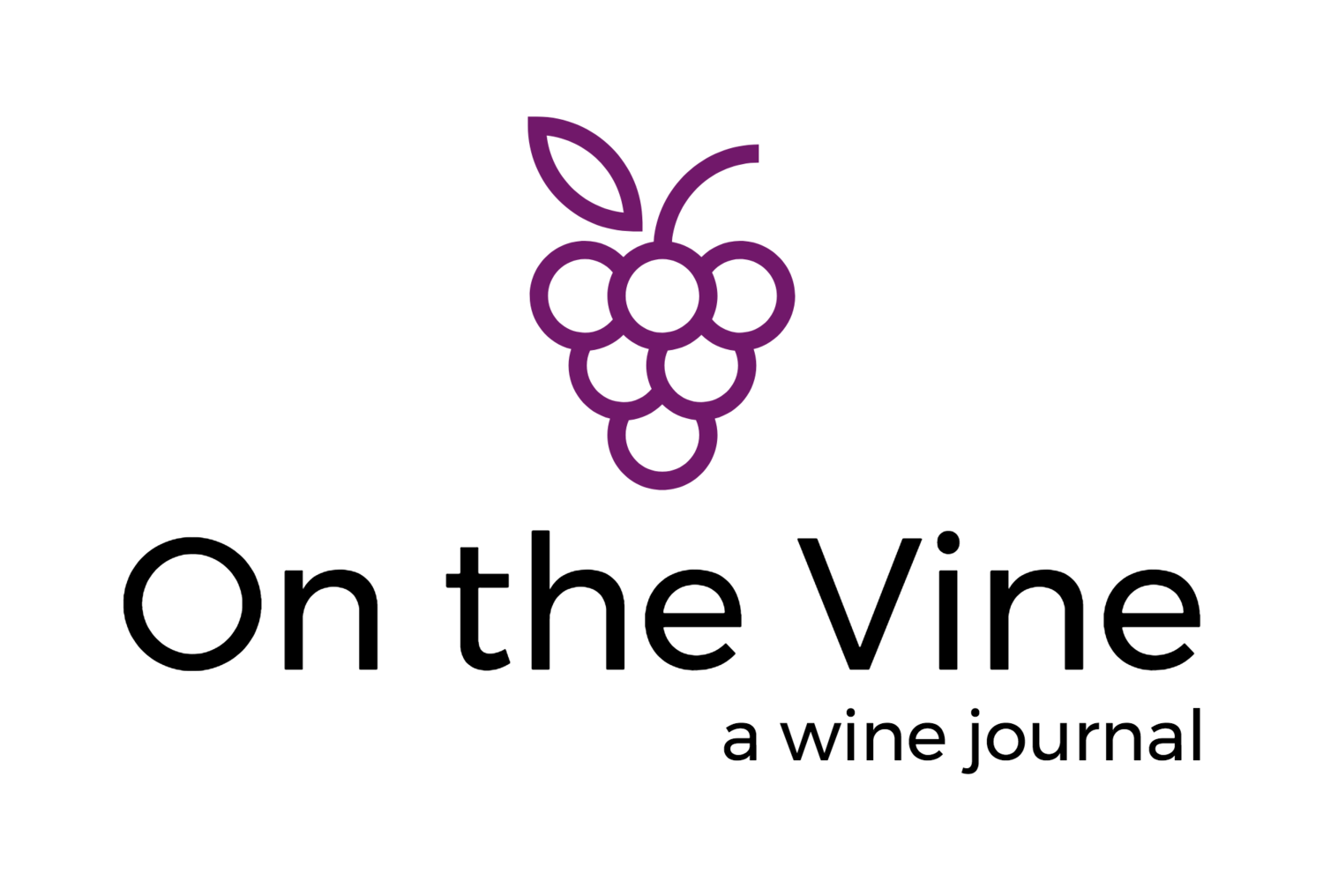The Rhône Flows Through LA
/A recent tasting of wines from France’s Rhône valley presented the opportunity to focus on a wine producing region that is nearly 6000 miles away – and at the same time seems very near to Southern California.
Côte du Rhône wines really come from two distinct valleys – north and south - located in the southeast corner of the country. The two areas are connected by the Rhône river itself as it runs between the cities of Lyon and Avignon and together they form the country’s second largest quality wine region, with 86,000 acres under vine. A bottle labeled “Côtes du Rhône” could come from the north or south, but it is more likely the latter which is larger, warmer and where several varietals are blended in most red and white wines. Over 21 grape varieties are allowed in Côtes du Rhône wines, but in the north they are usually used one at a time – Syrah is almost always used alone in northern reds, for example.
A naming hierarchy denotes finer geographical distinctions and commensurate increases in quality: “Côtes du Rhône Villages” and “Côtes du Rhône Villages + one of 20 commune names” represent two steps in quality above the general Côtes du Rhône appellation. Above these, the very best wines of the region bear the names of one of the 17 crus– such as Hermitage, Côte-Rotie and Cornas in the north and Chateauneuf-du-Pape, Gigondas and Beaumes de Venise in the south.
Poster showing the naming hierarchy used for Côtes du Rhône wines
The wines produced north of Los Angeles bring the Rhône’s influence into our part of the globe. The southern Rhône blend of Grenache, Syrah and Mourvèdre (wine fans say “GSM” for short) stands out in Santa Barbara County and Paso Robles, for example. Those three varietals, and many more that find their spiritual home in Côtes du Rhône, are commonly found here alone and in blends. In the 1980’s these grapes even inspired a group of California wine makers to dub themselves the Rhone Rangers! I expected the French Côtes du Rhône wines to exhibit more “old world” restraint than their California “cousins.” It is more complicated.
Variety in the Côtes du Rhône should not come as a surprise – these are wines made in 171 distinct areas from nearly two dozen varieties of grapes. The climates vary from the cooler, continental slopes of the north to the Mediterranean-influenced heat of the south. Some of the wines I tasted were elegant, lean and precise. But others rivaled the fruit-driven style associated with the wines of California. The range of the 20 wines presented at the tasting caused me to discard simplistic expectations about “old world” and “new world” styles. It also led me to a new appreciation for the Côtes du Rhône’s 2000-year history that California’s wine lovers have inherited.
The Rhône’s influence flows far beyond its banks 6000 miles away.
A chart showing some of the 21 grape varietals used in Côtes du Rhône wines
Among the 20 wines, here are a few representatives that stood out:
Cave de Tain Grand Classique 2015
Hermitage, 100% Marsanne
An elegant, complex and rich-bodied white from one of the cru of the northern Rhône.
Château d’Aqueria 2017
Tavel, Rosé (blend of seven varietals)
Every wine article this summer is about rosé. Tavel, in the southern Rhône, makes nothing else. This one is bursting with flavor and is darker in color than those from Provence.
Domaine les Grands Bois 2015
Côte du Rhône Villages Cairanne (Grenache 10%, Mourvèdre 35%, Syrah 15%)
Intense in color, nose and flavor, this seems nearly Californian in style (that’s meant as a compliment!)
Domaine Guy Farge Harmonie 2015
Cornas (100% Syrah)
This example, from one of the grand cru of the northern Rhône, has a balance of power and delicacy, especially in the finish.
Learn more: www.rhone-wine.com







